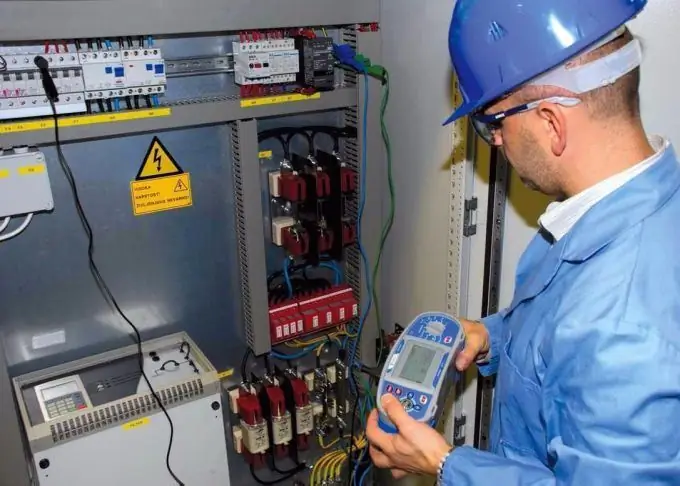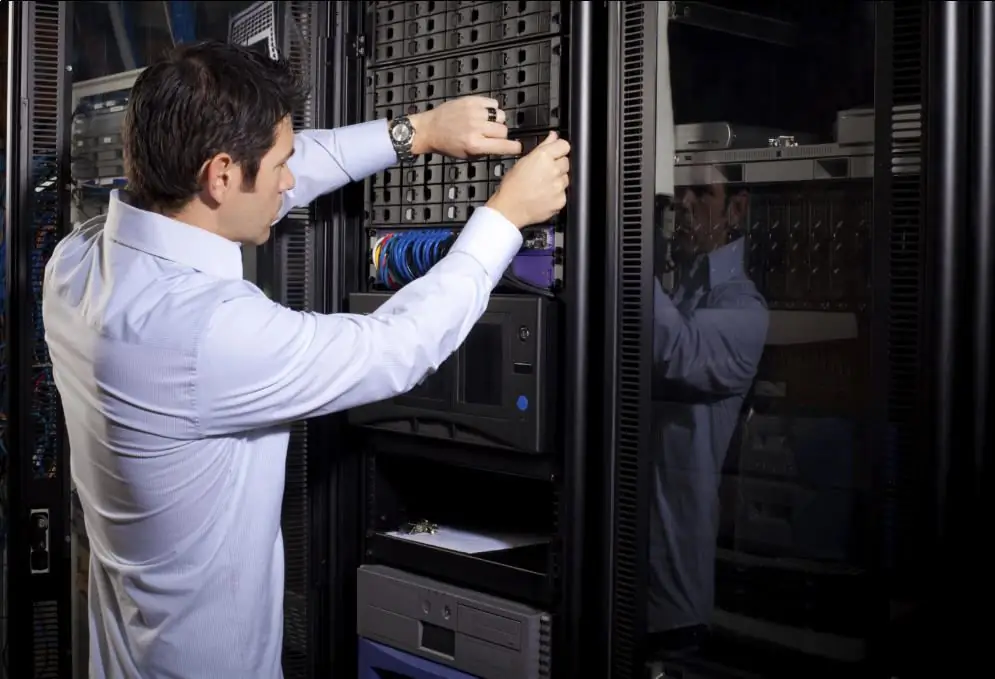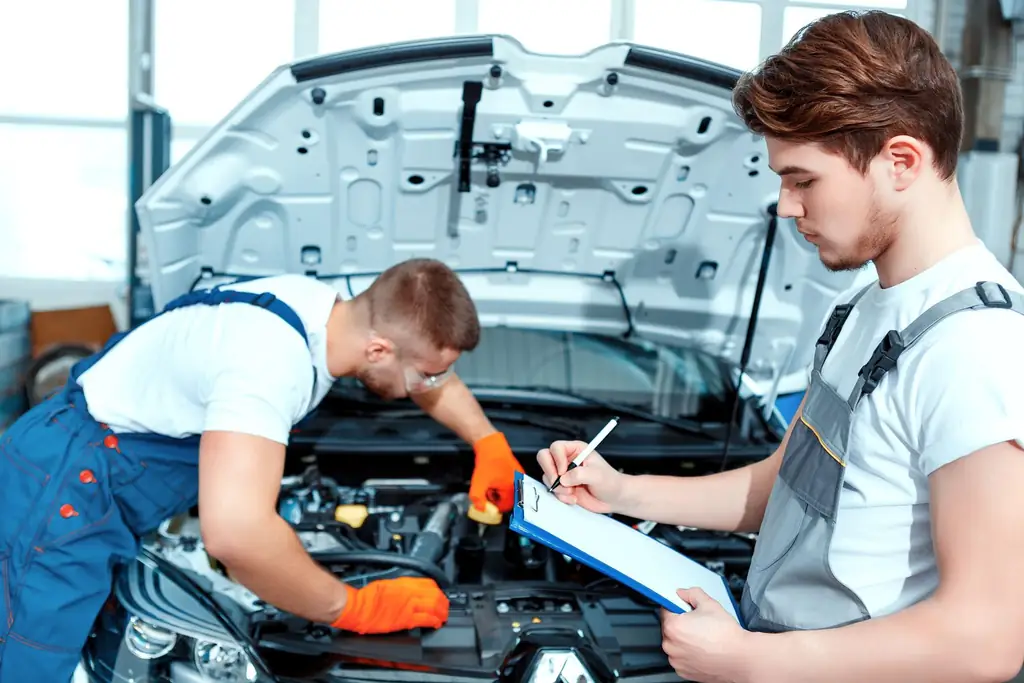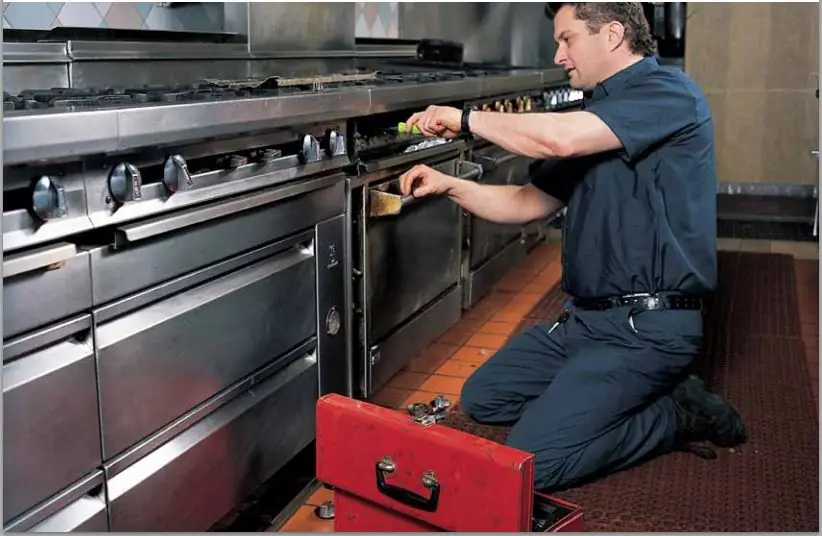Maintenance refers to certain types of work performed in between equipment repairs. The main goal of maintenance is to provide a guarantee of uninterrupted and reliable operation. What types of technical casing are there?

Maintenance tasks
We can say that maintenance is a series of specific actions necessary to ensure the uninterrupted operation of mechanisms and production equipment in the time intervals between a couple of planned repair manipulations. Maintenance involves monitoring and maintaining machines and their operation, as well as keeping the machines in working order. Other purposes and tasks of maintenance include flushing, technical inspection, cleaning, adjustment and other maintenance processes.
Some types of maintenance can be carried out on the equipment while it is in operation or at certain time intervals - during breaks or during weekends at the plant.

If there are appropriate permissions prescribed in the operating instructions, equipment and mechanisms can be turned off, disconnected from the power supply or completely stopped during maintenance. However, in this case, maintenance should be simple so that technological and production processes are not interrupted.
What is the Difference Between Scheduled and Routine Maintenance
In order to avoid problems with mechanisms and equipment, it is necessary not only to carry out current and planned equipment, but also to distinguish how these two concepts differ.
Current maintenance
Routine maintenance is carried out by the staff of the enterprise and may consist of shift (hourly) control of the operation of devices or their inspection. This is a rational and sensible move, since it does not require an increase in the personnel of repairmen.
Current maintenance assumes:
- Compliance with the rules and requirements of operation specified in the relevant documentation.
- Regulation of the mode of operation of mechanisms and equipment.
- Avoiding overloads.
- Compliance with the equipment temperature regime.
- Frequency of lubrication where needed.
- Monitoring the wear and tear of moving mechanisms.
- Operational shutdown in case of emergency.
Scheduled maintenance
Unlike the current one, scheduled maintenance is carried out by qualified specialists who are employees of the repair team. Usually, scheduled maintenance involves a much larger volume, up to the complete disassembly of the equipment into its component parts.
Scheduled repairs include the following processes:
- Checking the worker's key indicators and characteristics.
- Adjustment and regulation.
- Cleaning of all components of the equipment.
- Change of oils and filters.
- Identification of failures and violations.
All information about changes to equipment during scheduled maintenance must be documented. The information is stored in repair logs, inspection cards, as well as in a computer base or on other media (this may be a program). They can also mark the after-sales, preventive or operational periods of the equipment. Such data, thanks to their compilation by qualified specialists, does not need to be decrypted and in any way additionally maintained and stored.

Since both planned and routine maintenance do not have a standard guide, key documents are created within the system. Especially when you consider that some types of industrial equipment require their own list of necessary work. And for maximum convenience, any equipment within one enterprise is divided into groups. This makes it possible to facilitate the development of maintenance for each type of equipment and mechanisms.
Maintenance and repair system
The maintenance and repair system is a whole complex of interconnected specialists, devices, as well as fixing and reporting documents. And all these components are necessary in order to maintain industrial equipment in proper condition.
All companies and enterprises on the territory of the country use the same concept of keeping equipment in a state of constant operability.
This concept is a complex of both technical and organizational actions carried out in planned modes. This system is used within the equipment maintenance period, subject to the conditions and modes specified by the manufacturer. It is imperative to strictly follow the requirements, instructions and operating conditions.
The system of preventive and planned repairs and maintenance is based on the implementation of periodic scheduled inspections, monitoring the condition of working equipment, therefore, it is of a preventive nature.

From all this, it follows that a set of necessary measures that guarantee the maintenance of the operability of working mechanisms and machines is carried out in accordance with the developed annual and monthly schedules.
Annual schedules are drawn up taking into account the prevention and inadmissibility of unpredictable failure of machines and mechanisms. Or, in other words, taking into account the maximum possible reduction of the company's additional costs. This goal is adhered to by companies that create cars and other equipment, as well as those companies that have equipment and service centers.
Financial savings in repair and maintenance
The main task of any automated system, on the basis of which different types of maintenance are carried out, is the maximum possible reduction in financial costs for the corresponding repair work item in the organization's budget. Also, maintenance and repairs are necessary in order to improve the reliability class of mechanisms and their work, which makes it possible to reduce the cost of created products and increase revenues.
When carrying out repairs, the task will change, since it is necessary to reduce both losses and the frequency and frequency of repair work as much as possible (this moment does not depend on the volume and type of work). Of course, with the ideal option (the one the organization is striving for), emergency repairs, in which production stops altogether, should not be at all.
In addition, maintenance and operation, as well as repairs, are carried out within the framework of uncertainty. That is, even after monitoring the equipment wear and tear, and taking into account many years of experience at the enterprise, they will still not be able to accurately determine the scope of possible work and indicate a list of necessary spare parts for mechanisms and equipment.

If we talk about the conveyor system, then, by virtue of its specificity and technology, it assumes a more accurate distribution of parts and spare parts that may be needed at a certain moment or after a certain period.
Terms of maintenance
The timing and types of maintenance, depending on the type, variety and other features of the machines and equipment used, can be very different and can be calculated both in days and months and even years. For example, if we are talking about traction rolling stock, then the calculations for them are made on the basis of the average value of the mileage between repairs.
The terms of maintenance, their types and frequency are calculated on the basis of the calendar time of using the equipment and take into account the technical conditions of the manufacturers.
From all this, it follows that as a result of even a small analysis in relation to the type, classification and nature of the equipment used, it is possible to draw appropriate conclusions about the importance and necessity of carrying out planned or current maintenance on the territory of the organization or other business. The analysis also allows us to make a conclusion about the strict control of equipment and mechanisms.
In most cases, only a set of components allows companies to achieve uninterrupted, controlled operation of mechanisms, equipment and machinery at the enterprise. And this, in turn, has a great effect on budget savings, increased productivity and the financial performance of the company as a whole.







